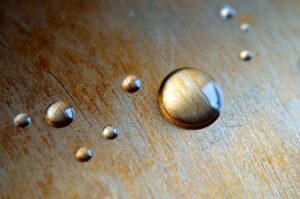 Why is it not recommended to use a simple hygienizer (without cleaning properties) to treat a very dirty surface?
Why is it not recommended to use a simple hygienizer (without cleaning properties) to treat a very dirty surface?
When a lot of greasy or encrusted soil is present, microbes tend to nestle inside it, so that soil itself becomes a shelter for them againts hygienizer action. Hygienizers (sanitizers) are efficient only if they’re allowed to act for enough time and if they’re well distributed on the surface; if encrusted soil is present, they cannot act well, so bacteria and mould, instead of dying, survive stronger than before (it is the so called “resistance to biocides”). Afterwards it could be more difficult to kill them…
So in case of encrusted o very greasy soil, the correct procedure is the following: first let us clean with a hygienizer-free detergent (as Universal Degreaser code MC), then rinse and, subsequently, spray with the hygienizer (as Readyhygiene code IV) to kill microbes without rough soil interferences.
If instead surfaces are mildly dirty and not incrusted, hygienizing detergents maybe useful (as Concentrated Floor Hygienizer code IP, Hygienizing Detergent for bathroom code IN): they allow your work to be quicker as they couple two functions in one.



Leave a Reply